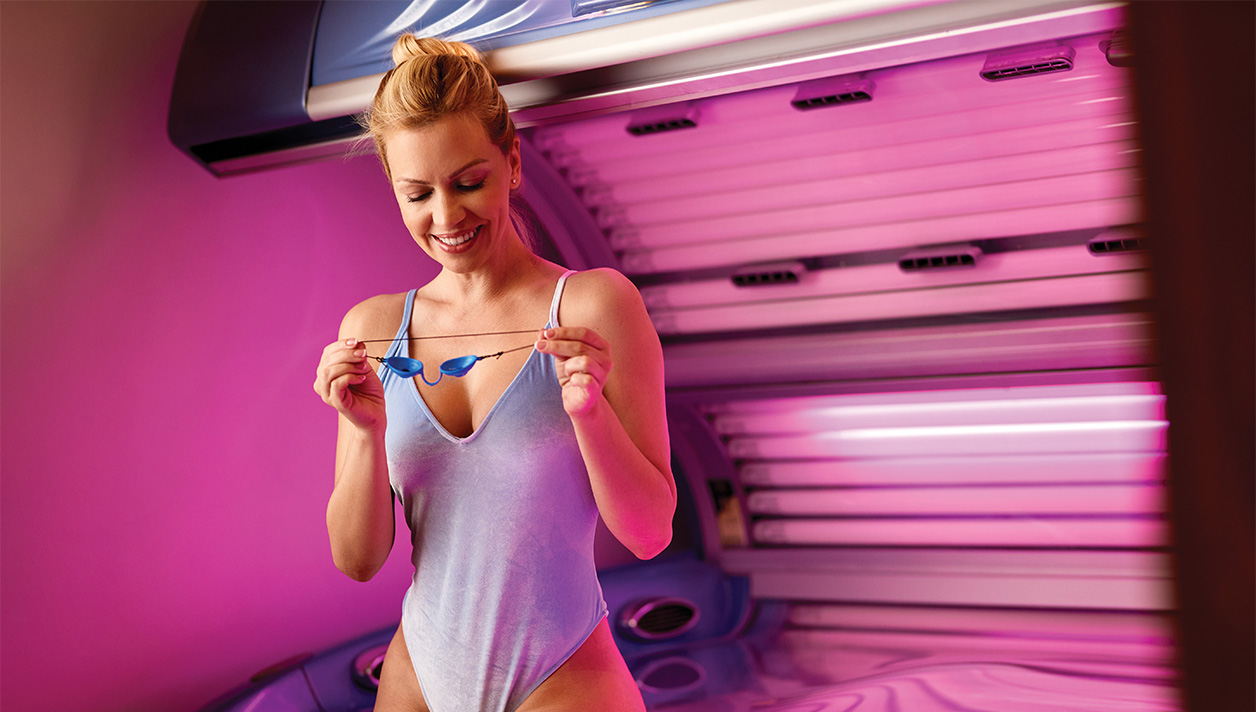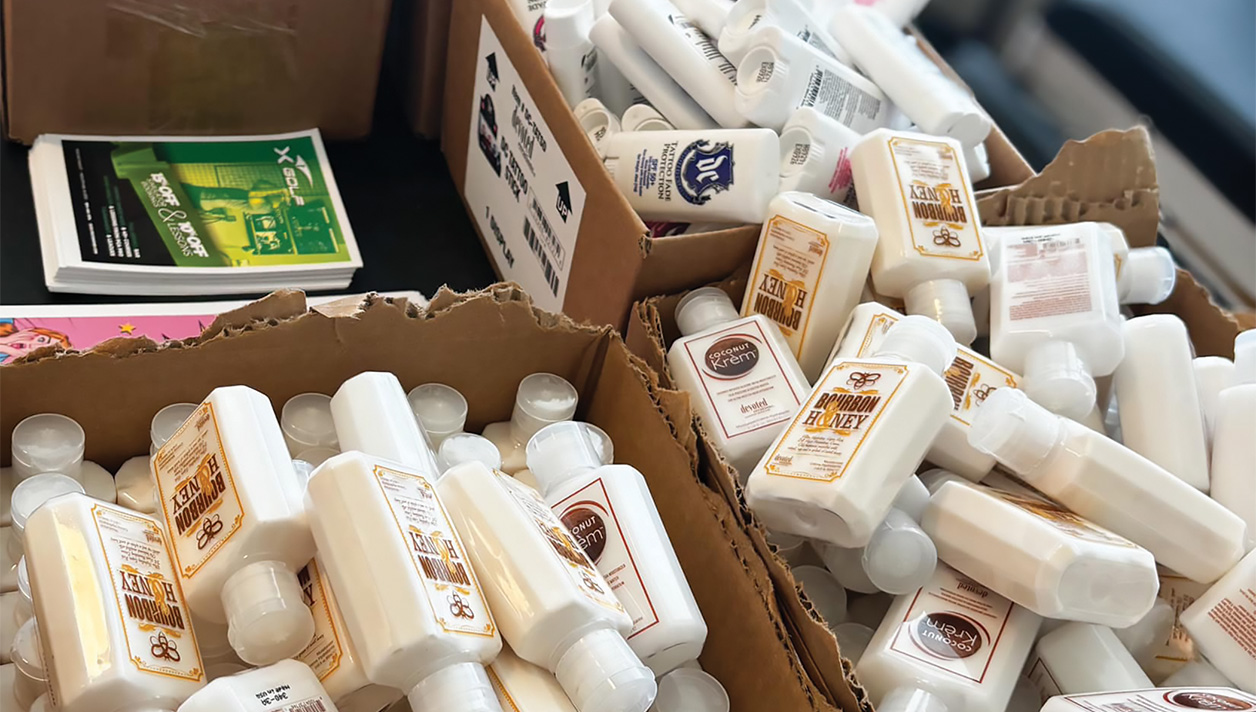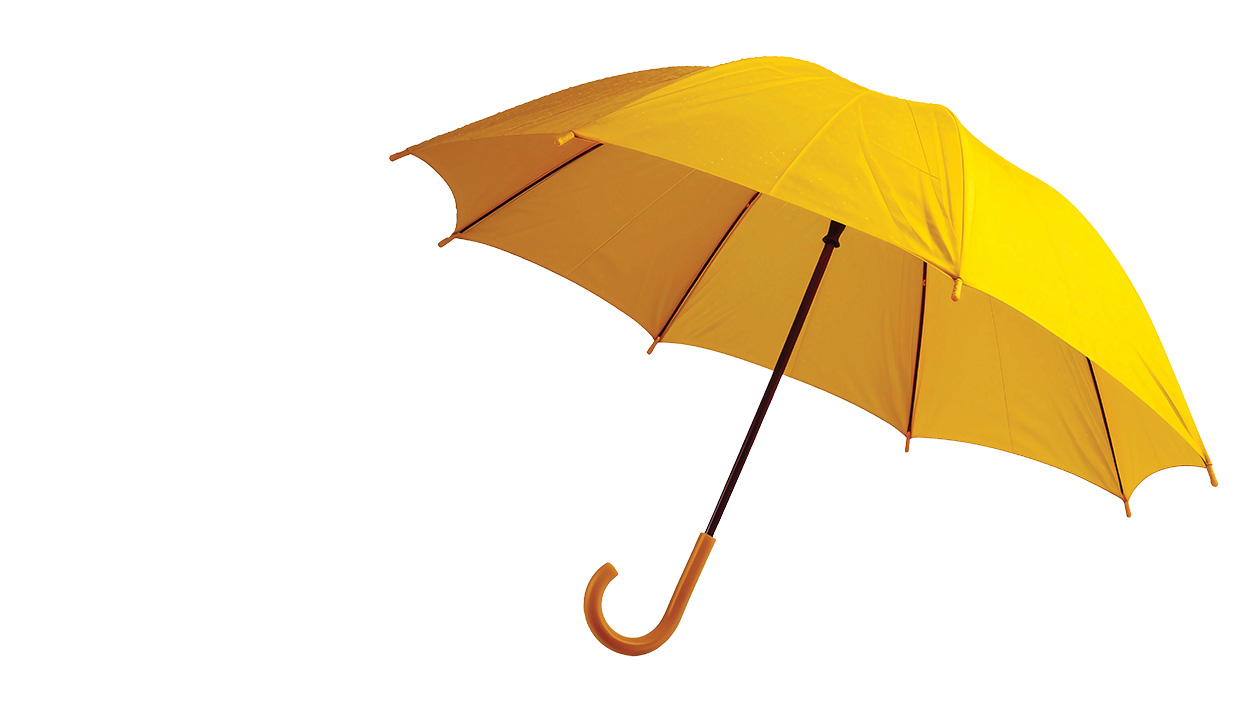Make sure your team is equipped with the knowledge needed to educate your salon guests. Here are a few basic tanning tips:
- UVB rays are the strongest between 10am and 2pm. In the northern hemisphere, UVB is most intense in summer months, but UVA is more consistent throughout the year. The power of the UVA wavelength continues to be high throughout the day and can exceed that of UVB by 10- to 1,000-fold.
- SPF stands for “Sun Protection Factor” (maybe it should stand for Sunburn Protection Factor) and is the standard means of expressing a sunscreen product’s effectiveness in protecting the skin. It represents a ratio of the minimal erythemal dose (MED) to your skin’s natural protection system. The SPF value is the length of time a person can be exposed to UV without burning when a sunscreen is applied compared to when it is not. For example, SPF15 means a person who has applied this product can be exposed to the sun 15 times longer with a sunscreen than without it and not develop erythema (sunburn). Your un-tanned skin has SPF1.
- The chemical agents in sunscreens are divided into three groups: those which absorb UVA, those which primarily absorb UVB and those which absorb both wavelengths. It is preferable to select broadband or full-spectrum sunscreens, as they protect against both UVA and UVB penetration. They also will mitigate the cumulative damage of photoaging (wrinkles) and can minimize photosensitivity reactions, both of which can be caused by UVA.
- Sunblocks are opaque formulations which absorb, reflect and scatter up to 99 percent of both UV and visible light. They are often used to protect localized, sun-sensitive areas such as the nose, lips, ears and shoulders. Because they are often messy and may stain clothing, sunblocks may not be practical for application over large areas of skin. An example of a sunblock is zinc oxide.
- On the other hand, sunscreens absorb specific UV wavelengths and are classified as drugs by the FDA. Sunscreens are considered more cosmetically refined due to their pleasing texture and consistency and are, therefore, typically used for effective outdoor photoprotection.
- Don’t forget to promote the benefits of developing a base tan to your community: “Come see us before you hit the beach!” Be sure to inform your salon guests that if they opt for a spray-tan or self-tanning product to get an “instant” bronze glow, those methods of cosmetic tanning do not provide a natural protective barrier on the skin (photoprotection), and will leave them susceptible to sunburn when they spend time outdoors in the natural sun. It’s a great time to remind them that when it comes to UV exposure, whether indoors or outdoors, moderation is the key and they should always use an SPF when outside for extended periods of time, re-applied regularly. While you’re at it, be sure to stock your shelves with sunscreen products and promote them in your advertising.




























